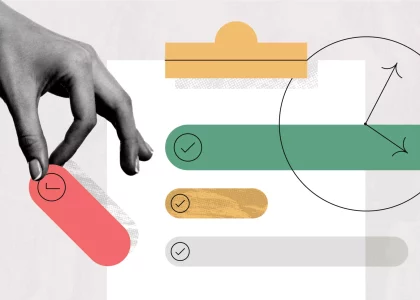In today’s fast-paced digital age, the role of technology in our lives has undeniably grown. From communication and entertainment to work and education, digital devices are an integral part of our routine. However, labeling every instance of digital usage as an addiction might not be accurate. Let’s explore how digital usage may not necessarily signal an addiction, and how we can draw the line between healthy usage and addiction.
Digital Engagement in Personal and Professional Arenas: A Nuanced Perspective
Tool for Productivity: Digital tools are essential for productivity in personal and work environments. They aid in learning, education, efficient communication, maintaining social connectivity and enhancing overall work output.
Task-Oriented Usage: Many tasks require digital interaction, like sending emails, attending virtual meetings, or researching online. Such usage is goal-driven and not inherently addictive.
Professional Growth: Online courses, webinars, and research contribute to continuous professional development. Engaging with digital resources for skill enhancement is a rational choice rather than an addiction.
Distinguishing Between Usage and Addiction:
Dependency – A Complex Relation: Dependency on digital devices can vary widely. While relying on them for work, communication, and daily tasks is common, addiction involves an inability to function without them.
Withdrawal – Signs to Watch: Feeling uneasy, anxious, or experiencing physical symptoms when disconnected from digital resources might indicate a problematic relationship. Recognizing these signs can help differentiate between casual usage and addiction.
Tolerance – A Slippery Slope: The gradual increase in screen time can be attributed to changing needs, but it’s important to watch for signs of dissatisfaction even after extended usage. Addiction may manifest when one constantly seeks higher levels of digital engagement.
Harmonizing Digital Engagement: Practical Strategies
Mindful Segregation: Create distinct zones for personal and professional digital usage. Designate specific times and spaces for each to prevent overlap and mitigate potential addiction risks.
Tech-Free Moments: Allocate moments of your day for tech-free experiences, allowing you to engage fully in the present moment without digital distractions.
Nurturing Relationships: Prioritize genuine, offline connections, nurturing personal relationships beyond the digital realm. This helps maintain a healthy balance and curbs the onset of addictive behaviors.
Seeking Balance, Not Perfection: Strive for equilibrium, not absolute restriction. Moderation is key; set reasonable limits on screen time while allowing room for enjoyable and purposeful digital interactions.
Conclusion: Embracing the Digital Landscape Mindfully
In the mosaic of our lives, digital interactions are vibrant threads connecting personal and professional spheres. Acknowledging the potential for dependency, withdrawal, and tolerance, we can distinguish between healthy engagement and addiction. By intentionally nurturing real-world connections, setting boundaries, and fostering self-awareness, we weave a tapestry where digital technology enhances rather than overshadows our personal and professional well-being





